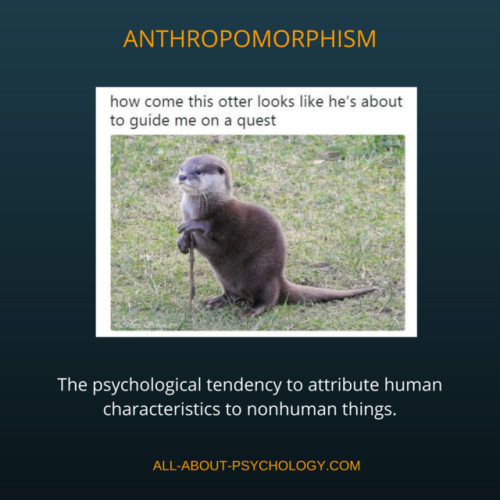Thousands of stone tools spanning a period of one million years have been unearthed at Attirampakkam, a site in southern India. The tools span about a million years of history, and illustrate the evolution of big, blunt hand axes into finely sculpted stone points. Initial tools, made about 1 million years ago, were basic, blunt, stone hand axes. Those were slowly improved upon, the Attrampakkam tools show, until starting about 385,000 years ago — long before modern humans are thought to have arrived in India — when it appears that an advanced toolmaking culture developed in India. Wow!
So how did these toolmaking techniques initially arrive in India? That’s the big question. No hominin remains were found at the site, so researchers do not know which hominin relatives crafted the stone tools. The oldest implements, at about 1 million years old, are blunt Acheulean hand axes. They are typically found with Homo erectus remains, and Homo erectus are thought to have been the first hominins to leave Africa. So were Homo erectus in India as early as 1 million years ago? Or was it another hominin species? Without more evidence, it is impossible to say.
In a second batch of implements uncovered from a rock layer that spans 385,000 to 172,000 years ago (plus or minus about 50,000 years on either end), those heavy hand axes give way to smaller, more sophisticated points. One of the points even appears to have a groove that would allow it to be affixed to some kind of projectile, like a spear.
This kind of technology has long been associated with Neanderthals and Homo sapiens in Europe, the Middle East and Africa, and it wasn’t thought to have arrived in India until humans reached south Asia about 100,000 years ago. Did Homo sapiens arrive in India earlier than expected? Did other hominin species learn Homo sapiens toolmaking techniques? This question is significant because the technique, known as Levallois, is associated with significant advances in human cognition, because such tools can’t be crafted without the ability to think abstractly and plan ahead.


